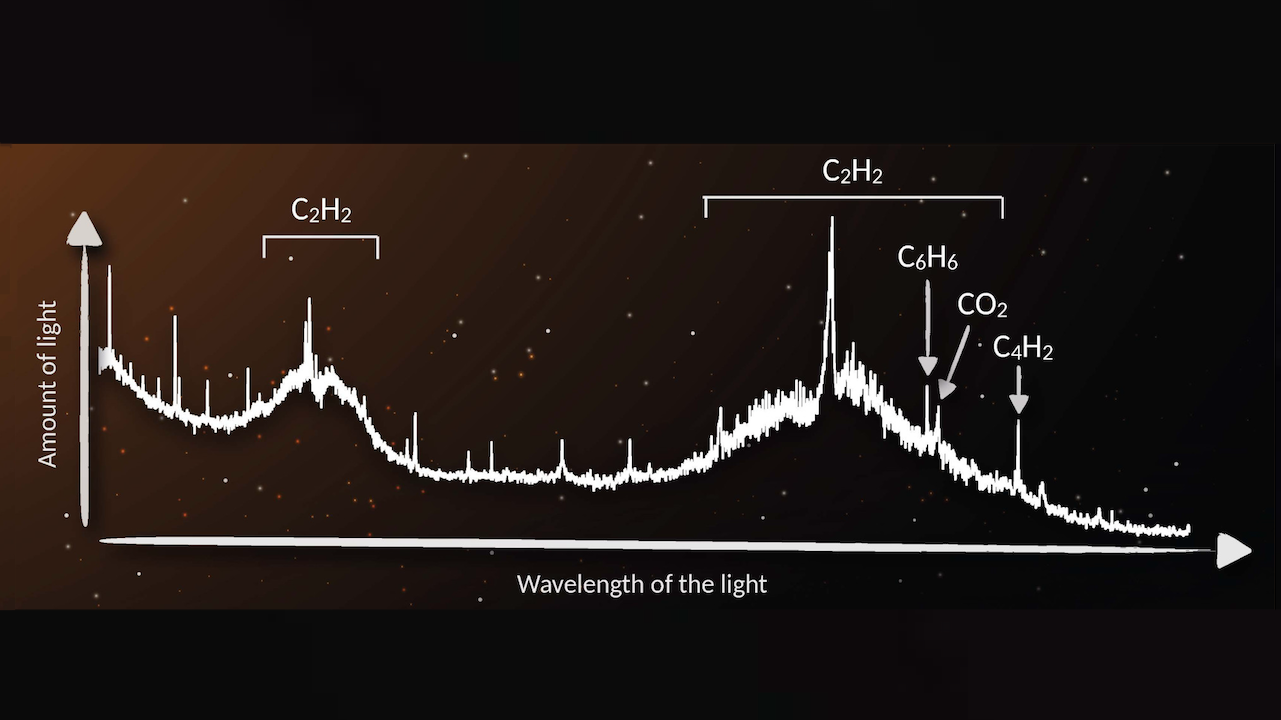One of a Kind: Astronomers Detect Benzene in Star J160532's Planet-Forming Disk for the First Time

Astronomers have made an exciting discovery by detecting benzene in a planet-forming disk around star J160532. This is the first time that benzene, a molecule made up of six carbon atoms and six hydrogen atoms, has been spotted in a planet-forming disk.
The team of researchers used the Atacama Large Millimeter/submillimeter Array (ALMA) to observe the planet-forming disk and identified the distinctive spectral signature of benzene. This discovery is important as benzene is a key building block for organic molecules such as amino acids, which are essential for life as we know it.
The planet-forming disk around star J160532 is still in the early stages of formation, which makes this discovery even more exciting. It suggests that the building blocks for life could be present in the early stages of planetary formation.
The discovery of benzene in this planet-forming disk opens up new avenues for research into the origins of life in the universe. It also highlights the importance of continued observations of planet-forming disks to understand the chemical processes involved in the formation of planets and the potential for life elsewhere in the cosmos.

J160532's MIRI spectrum shows narrow peaks corresponding to the emission lines of benzene, diacetylene, and carbon dioxide. However, acetylene is so prevalent that it appears as broad humps in the spectrum. Surprisingly, the spectrum does not indicate the presence of water in the disk. This information was obtained from JWST/MIRI/Tabone et al.
Comments
Post a Comment